When we talk about video games, many will first think of first-person shooters. They are dynamic, diverse, and interesting both to play and watch. But how did this pillar of modern popular culture come about? Today, CS.MONEY Blog delves into the history of video games and tells the story of how shooters emerged and evolved.

Of course, we will talk about Counter-Strike. And Counter-Strike now cannot be imagined without skins. Fortunately, you can buy a cool skin at a low price on CS.MONEY!
What Is a First-Person Shooter?
The question is, on the one hand, quite simple: if your camera is as if embedded in the character’s eyes and your gun goes pew-pew, then it’s a first-person shooter. At the same time, FPS has many different sub-genres, plus, over time, the boundaries between genres can blur. For example, in Overwatch, several heroes have mechanics with a switch to third-person view, and some heroes don’t even shoot.
Regarding the conditional PREY (2017), we primarily talk about it as an immersive sim, not a first-person shooter. Can we consider flight simulator games as FPS, where the view is from the cockpit? We ask these questions more to show that we shouldn’t confine ourselves to narrow definitions. And in general, categorical division into categories is evil. Let’s better enjoy the games.
The Ancestors of First-Person Shooters
The first game that can rightfully be called a shooter was Maze War, released in 1973 and developed by Steve Colley and Greg Thompson. The game was very simple in essence, but it was a revolution at the time: “tile graphics” were used—the player moved through invisible squares with the ability to walk backwards and forwards and right and left. The map was a maze without any content. But the main thing was that you could play Maze War together and later with up to eight players. When you saw a player (who appeared as an eyeball), you could shoot; when you killed, you received coveted points needed to win.

In 1980, another interesting project was released—Battlezone. The game, made in unusual vector graphics for that time, offered the player a new experience: the first capture-the-flag mode in history and an unusual futuristic setting.
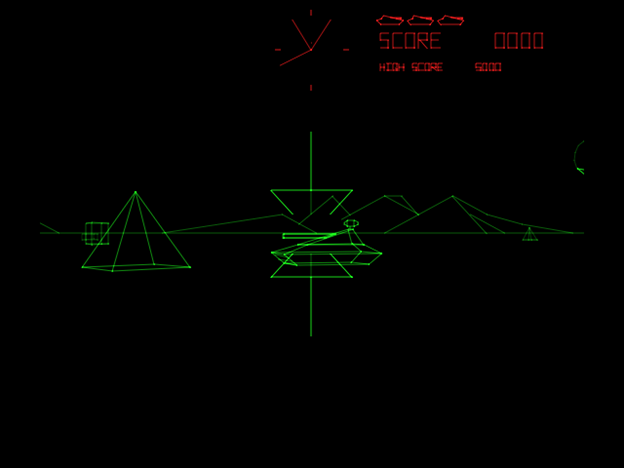
Fathers of the Genre: Wolfenstein 3D and DOOM
In the beginning, there was a logo, and that logo was id Software. The company, founded by John Carmack and John Romero (as well as Adrian Carmack and Tom Hall), did not produce a revolution in the genre. It essentially formed the genre. Many of the developments from the first half of the 1990s are still in use today.
The company’s first big success was Wolfenstein 3D. In the game, you play as a brave American spy trying to escape from Castle Wolfenstein, full of Nazis. The large interesting maps, diverse enemies, speed, and setting ensured the incredible success of id Software.
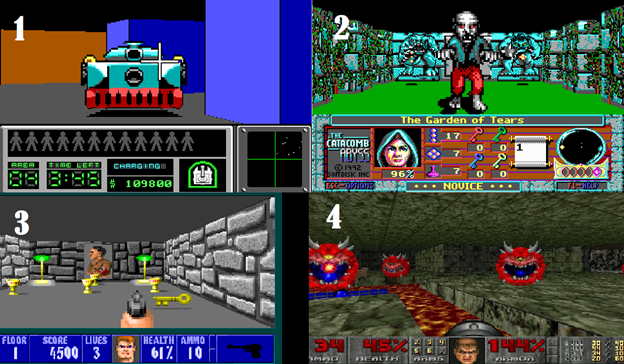
DOOM, released a year later in 1993, cemented this success. Instead of Nazis, there were otherworldly creatures, and instead of a castle, Mars with its satellites. Doom amazed players with improved textures, height changes (stairs, elevators), and many spatial puzzles and secrets. It’s no joke that the last DOOM secret was discovered only 24 years later! DOOM also introduced multiplayer, which was called Deathmatch (a familiar word, right?).
After this, many games appeared, which were called “DOOM clones.” Some emphasized style (hello, Duke Nukem!), while others explored the multiplayer aspect more.
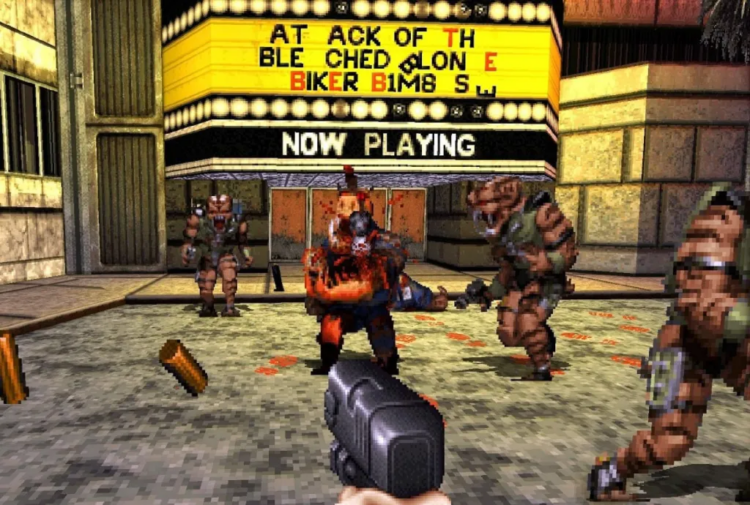
More FPS Subgenres, Good and Diverse!
When talking about shooters from the late 20th century, we can’t help but mention two rival giants of the genre—Quake III and Unreal Tournament. Undoubtedly, the first Quake revolutionized shooter fans’ perception with its impressive features at the time: jumps, the ability to swim, look up and down. The gameplay became even more dynamic, and enemies transformed—they were polygonal for the first time. But Quake III and Unreal Tournament created a cult of fast gameplay, endless jumps, and paved the way for shooters in esports.
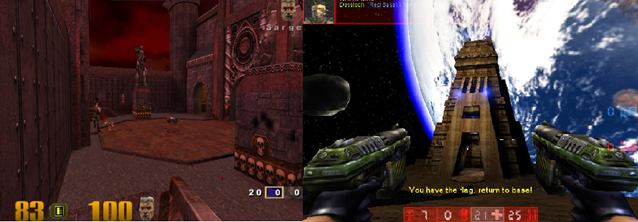
However, games were not limited to multiplayer. Valve revolutionized the genre with Half-Life, released in 1998. It showed that shooters could be about more than shooting and action. They could have a plot, an atmosphere, and horror elements. We can say that after Half-Life, many game developers started thinking about how to engage players with something beyond the immediate gameplay.

One of the big subgenres at the turn of the millennium was World War II shooters. Medal of Honor, Battlefield, and Call of Duty showed that a shooter could be a cinematic blockbuster. Over time, the WWII setting faded, but the epic events remained, and now Call of Duty and Battlefield continue to top the charts of the most epic and successful FPS franchises.
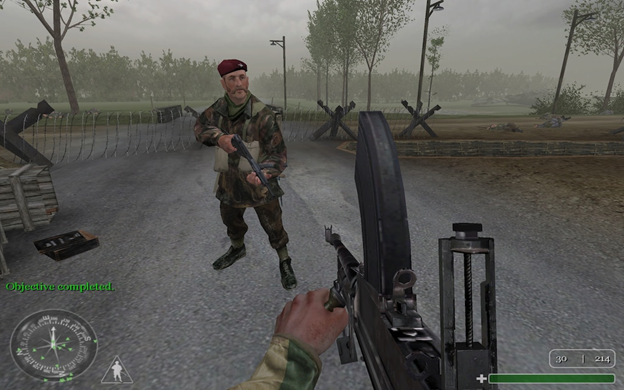
FPS on Consoles
Although first-person shooters are best played with a keyboard and mouse, gaming consoles have their heroes. It all began, one might say, with GoldenEye: 007—a game about James Bond on the Nintendo 64. The title became famous for its atmospheric single-player missions and cool multiplayer map design.
However, the real breakthrough was made by the Halo series. Developers managed to come up with a gameplay formula that worked perfectly with gamepads. Additionally, the series stood out with its epic storylines, making Halo a true phenomenon and the flagship of Microsoft Xbox.
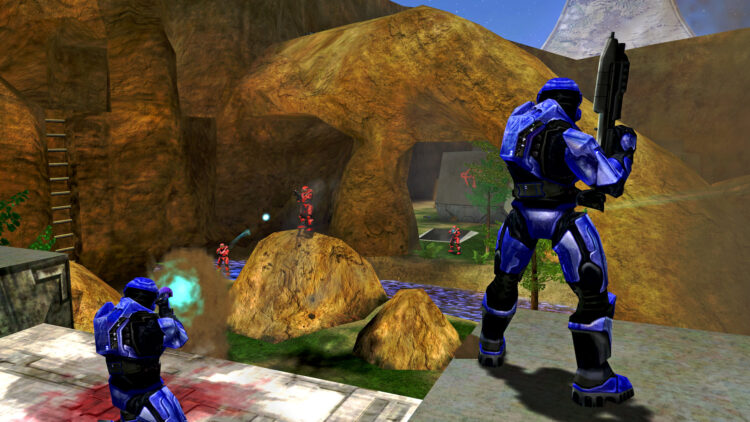
Competitive FPS
We cannot talk about first-person shooters without mentioning their role in esports. It’s now impossible to imagine video game competitions without FPS representatives. On consoles, it’s relatively simple: there’s Halo, there’s Call of Duty—choose depending on which setting and gameplay you prefer.
We’ll focus on PC gaming. We talked about Quake III and Unreal Tournament, which brought us dynamic gameplay, and competitions often took place in a one-on-one format (though there were also team competitions). Nevertheless, a new big chapter in competitive FPS was written by Counter-Strike.
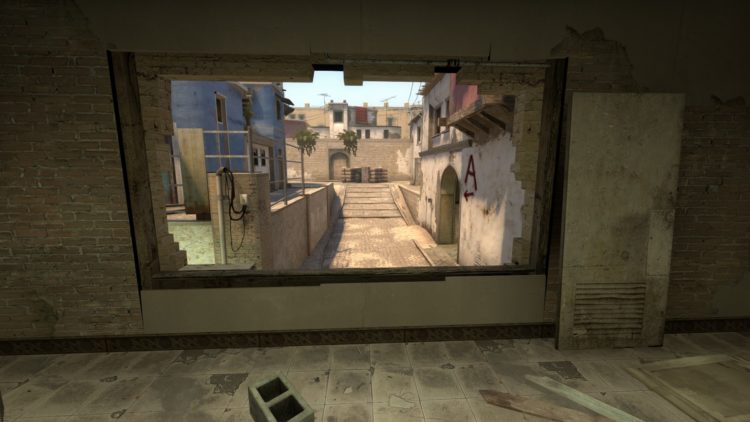
The game introduced the economic factor and increased team interaction. Plus, the round-based system instead of the Deathmatch format attracted many players. Counter-Strike competitions date back to the early 2000s, and since then, tactical team shooters have only evolved and remained popular. Counter-Strike 2, Valorant, Rainbow Six Siege—each of these games has its vibe and features, but all are popular.
Latest trends: Hero-based FPS and Battle Royale
After the MOBA genre gained popularity in the late 2000s, several developers considered creating a shooter with different characters instead of identical models. Valve was the first here with their Team Fortress, but the second part became a huge hit. Since then, we’ve seen Overwatch, and some elements are present in the already-mentioned Valorant and Rainbow Six Siege. Now, Valve is aiming to make a new visionary impact with their new game, Deadlock.

Finally, we cannot ignore another significant branch in competitive shooters—Battle Royale. Although the genre initially used a third-person view, the transition to the first-person view brought popularity to several games. Call of Duty: Warzone and Apex Legends are distinctive representatives of Battle Royale mixed with FPS.
The gaming industry does not stand still, and each year, various companies strive to refine the already familiar form of first-person shooters, aiming to offer something new. Competitive games also continue to evolve, and the new version of Counter-Strike on the Source 2 engine feels fresh and fantastic. We will continue to delight you with content from the world of CS2. Subscribe to our social networks!
















